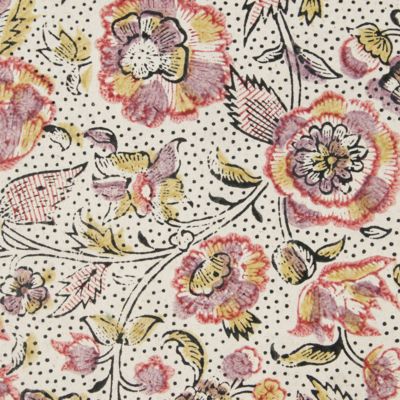Eilenburg, C. H.
Kurzer Entwurf der königlichen Naturalienkammer zu Dresden.
Dresden and Leipzig, Walther, 1755. Folio (27.8 x 20.9 cm). Title page with engraved armorial vignette; 102 pp.; two very large, multi-folded engraved plans; several engraved pictorial headpieces and woodcut tailpieces. Contemporary full calf. Spine with five raised bands and gilt title in gilt, ornamental border; boards with ruled borders. Colour-stamped floral endpapers. Edges marbled blue.
A detailed description of a royal Wunderkammer in the Dresdner Zwinger, a palace in the German city of Dresden, currently known as the Königliche Sammlungen für Wissenschaft und Kunst zu Dresden. The fine copper engravings by the German engraver Michael Keyl (1722-1798) show a Baroque mineral gallery built for this purpose - the Dresdner Zwinger - which included a shell cabinet, a coral cabinet, an amber cabinet, a fossil cabinet, a cabinet with shells and corals, etc., and even a model of the Temple of Solomon, all described in this work by the German mineralogist and museum curator Christian Heinrich Eilenburg (1710-1771), and together forming one of the largest and richest natural history collections of its time. The Zwinger is a palatial complex designed by the German architect Matthäus Daniel Pöppelmann (1662-1736). It is one of the most important buildings of the Baroque period in Germany, and one of the most famous monuments of Dresden. During WW2 it was almost entirely destroyed, but was restored and rebuilt in the 1960s. Boards with the usual age-wear, tiny owner's initial on title, first and last blank toned, a few marginal spots to pp. 100-101, but otherwise in excellent condition. The original floral endpapers, made with the use of five different stamps, are quite beautiful. Not in any major bibliography.




